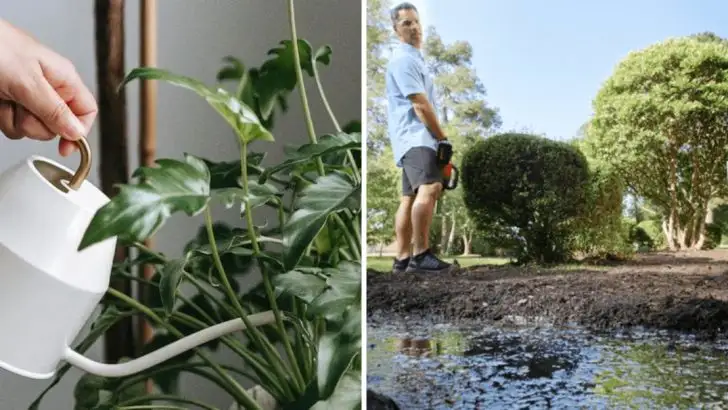It’s frustrating—your plant looks sad and droopy, but you’ve been watering it every single day like clockwork. So why does it still look like it’s giving up on life? Turns out, too much love in the form of water can be just as damaging as too little.
Overwatering is one of the most common mistakes people make, and it usually comes from a good place. The tricky part is that wilting doesn’t always mean thirsty—it can also mean the roots are suffocating or starting to rot. Plants need air as much as they need moisture, and when the soil is constantly soaked, there’s no room for that airflow. So even with the best intentions, daily watering could be doing more harm than good.
Overwatering
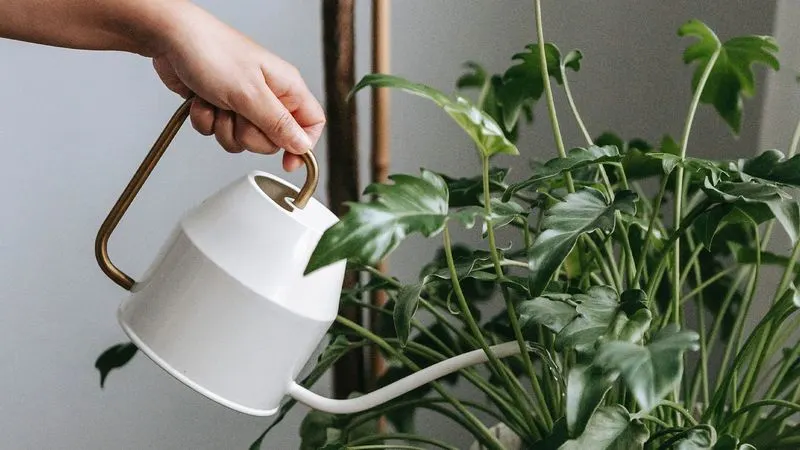
Have you ever thought that too much of a good thing can be bad? Overwatering is a common pitfall for many plant enthusiasts. While you may think you’re nurturing your plants, excess water can suffocate the roots. This deprives them of essential oxygen.
Soggy soil leads to root rot, a condition where the roots turn brown and mushy. Over time, this causes the plant to wilt and eventually die if not corrected. Monitoring the soil’s moisture level can prevent this. Letting the soil dry out between waterings can be a simple yet effective solution.
Poor Drainage
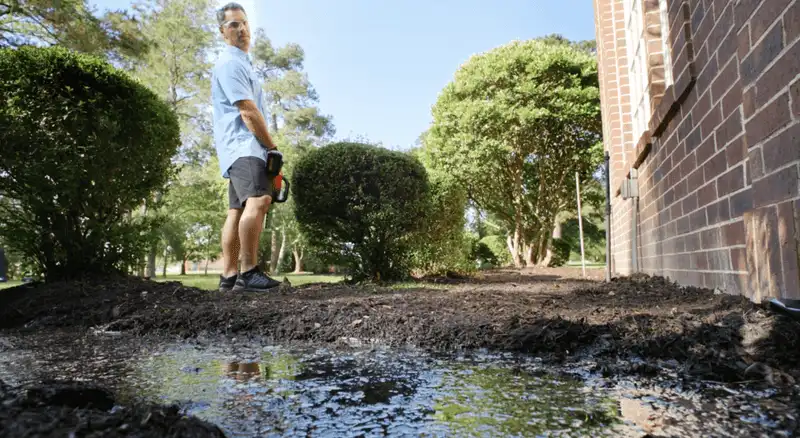
Drainage issues often fly under the radar, yet they are vital for plant health. Without proper drainage, water accumulates at the pot’s base. This creates an unfriendly environment for plant roots.
In such conditions, roots are prone to rot and disease. Choose pots with adequate drainage holes to combat this. Use a well-draining soil mix, possibly adding perlite or sand. Addressing drainage not only helps plants thrive but also reduces mold risks. A minor tweak like this can make all the difference.
Incorrect Light Exposure
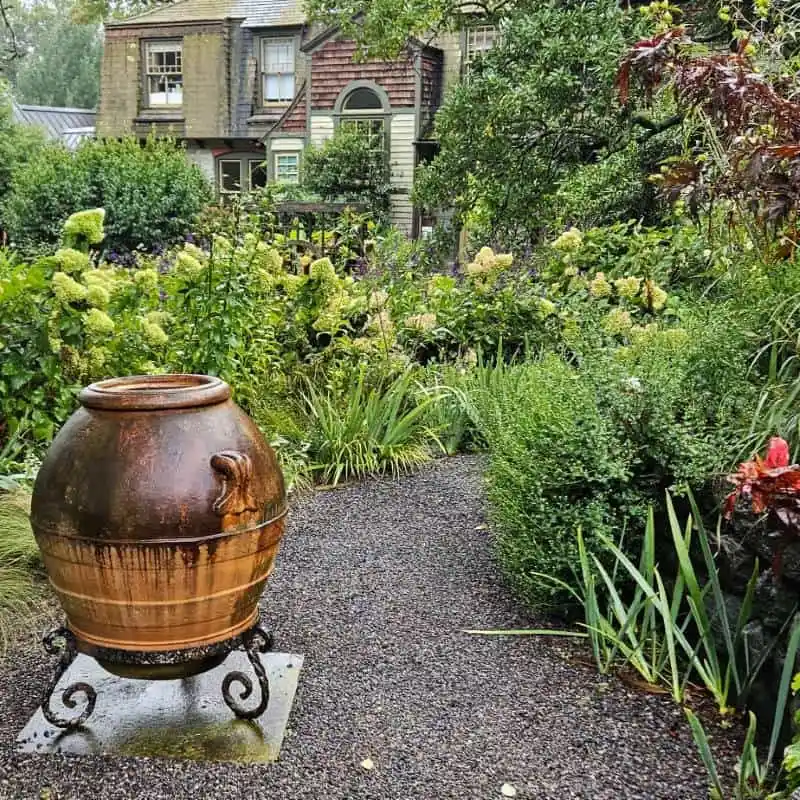
Light can be a double-edged sword for houseplants. Too much sunlight can scorch leaves, causing them to curl and wilt. On the flip side, insufficient light leads to weak, leggy growth.
Finding the right balance is key. Relocate plants to a spot with indirect sunlight, or consider rotating them. This ensures all sides receive equal light. Observing how your plant reacts helps tailor its light exposure. Lighting adjustments can bring back your plant’s vigor and vitality.
Nutrient Deficiency
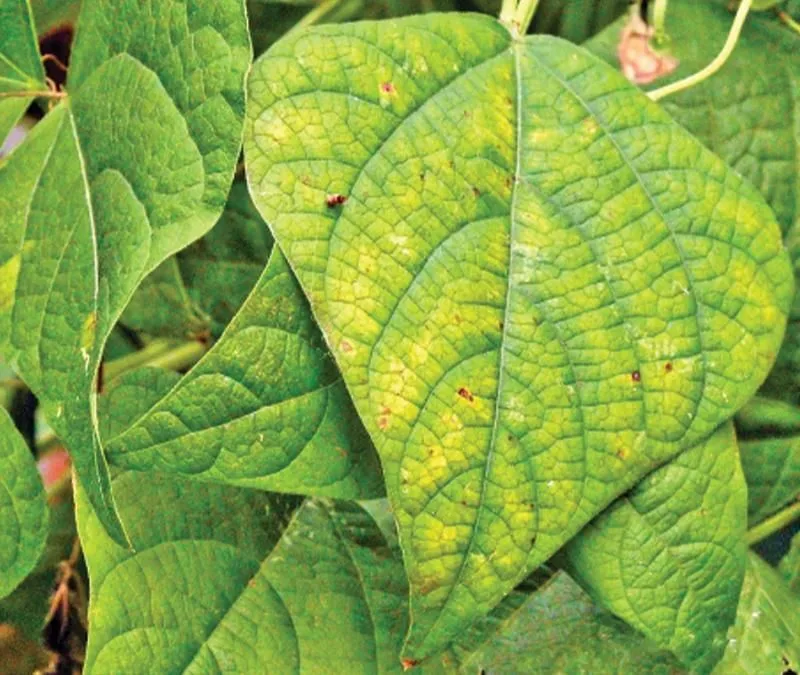
Plants, much like humans, require a balanced diet to thrive. A lack of essential nutrients can cause leaves to turn yellow and droop. Nitrogen, potassium, and phosphorus are vital for plant health.
A regular fertilizing schedule can remedy nutrient deficiencies. Choose an all-purpose fertilizer for general needs or a specialized one for specific plants. Be cautious of over-fertilizing, which can harm more than help. A well-fed plant often shows resilience and lush growth.
Pests and Diseases
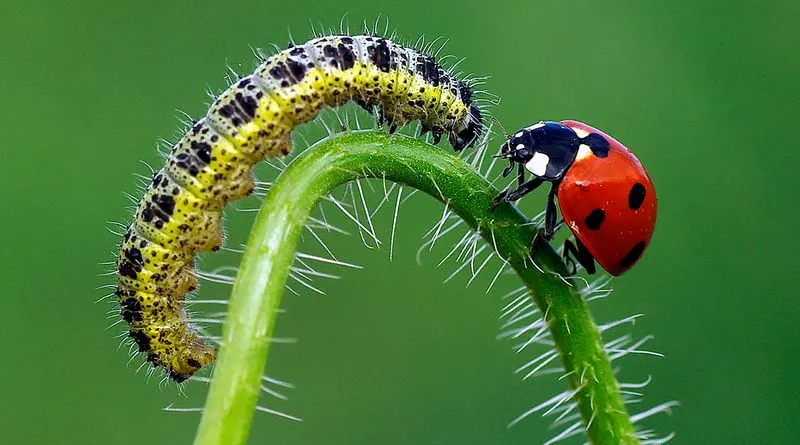
Tiny invaders can wreak havoc on your plants. Pests like aphids and spider mites suck nutrients, leading to wilting. Similarly, fungal infections can spread quickly, causing leaves to spot and droop.
Regularly inspecting plants for signs of pests or disease is crucial. Natural remedies or insecticidal soaps can keep these issues at bay. Preventive measures and quick action often save a plant from severe damage. A watchful eye can maintain your garden’s health and beauty.

